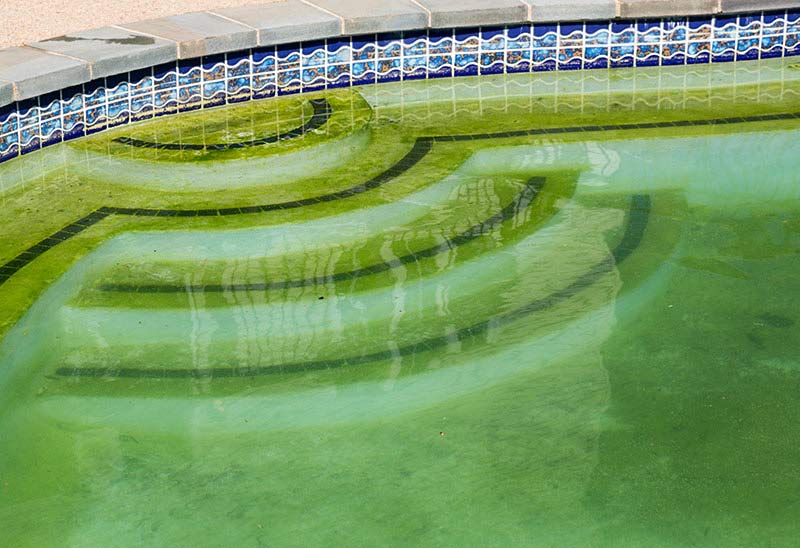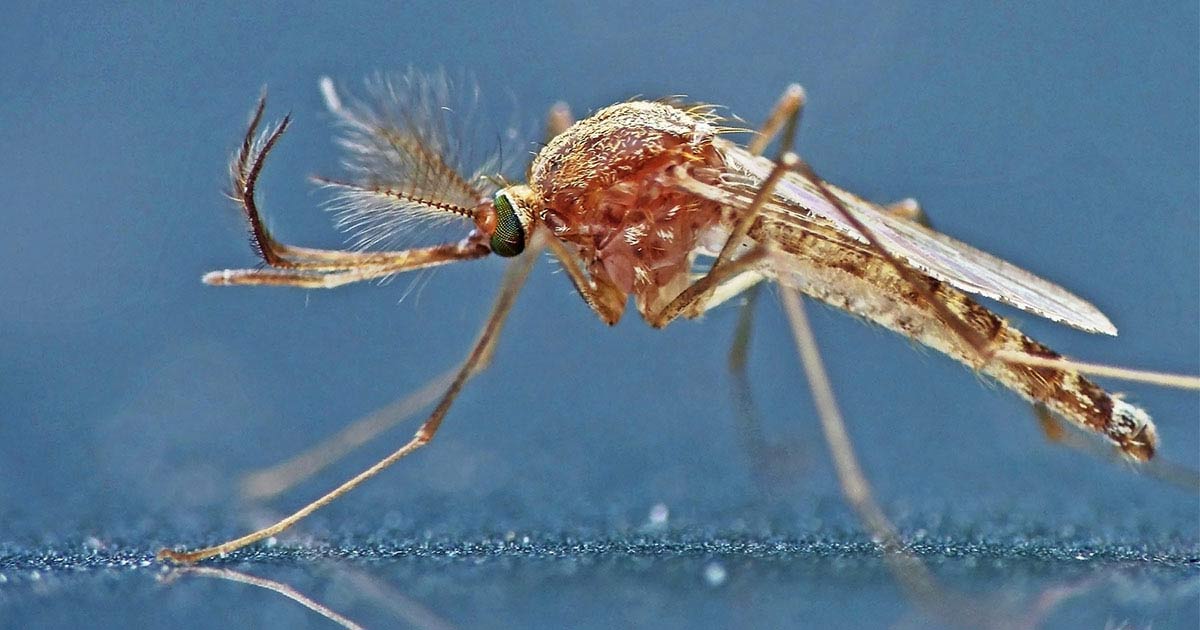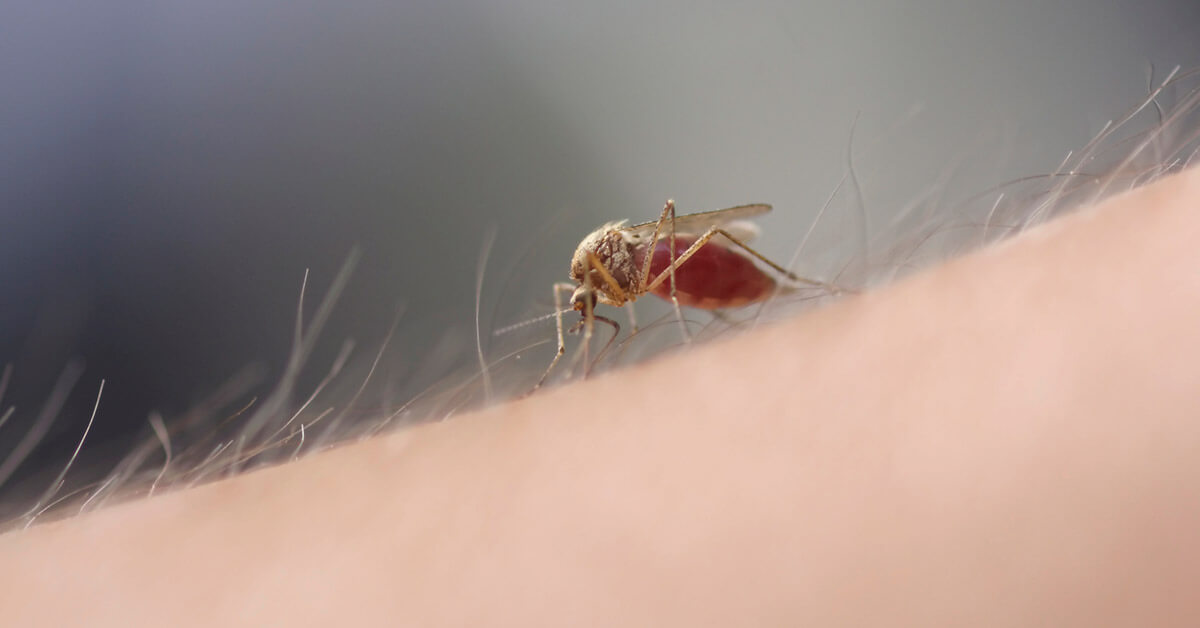Regional Report: Mosquitoes in the Southwest
The American Southwest is known for arid conditions and sparse desert landscapes, not the water-rich conditions typically associated with mosquitoes and their breeding grounds. However, the desert's urbanization by large numbers of people seeking low humidity and winter warmth result in environments that support mosquitoes and mosquito-borne diseases.
To help you learn more about mosquito concerns in the Southwest, we spoke with public health entomologist and mosquito expert Dr. Dawn Gouge, professor in the Department of Entomology at the University of Arizona. Dr. Gouge is an Urban and Public Health Integrated Pest Management (IPM) specialist whose work includes IPM implementation programs in public schools and the management of public health pests such as mosquitoes.
Dr. Gouge spoke with us in December 2017. The following interview is one of six regional mosquito reports available on the AMDRO.com website.
AMDRO: How prevalent are mosquitoes in the Southwest, and what are your primary concerns regarding mosquito-borne diseases?
Gouge: Different parts of the Desert Southwest have different issues, but I can say with a high degree of certainty that everywhere we encounter urbanized areas, we're seeing quite dramatic populations of the kinds of mosquito species that you might not typically assume would be in the desert landscape. Every time we populate an area and have urbanized areas expand, we irrigate our lawns and generate a lot of resources within our cities that support mosquitoes.
Aedes aegypti is our No. 1 mosquito vector of concern in the Phoenix metropolitan area, with regard to transmission of exotic viruses that can do significant harm across the human population. We've been very cognizant of Zika more recently, but dengue has been a long-term threat to populations in Arizona and along the border. There are cases of dengue every year, and there's endemic transmission just south of the border in Mexico. We also have lots and lots of travel-related cases from individuals who travel through places and come back.
You only need three things to get a disease transmission cycle going: the host, and we're talking about us being host; the vector, and we have a wide range of mosquito vectors of significance; and then the actual pathogens. When you have two out of those three and lots of travel in your area, there is a constant concern that maybe exotic diseases could break out.
Every couple of years, we have significant cases of West Nile virus, which is now considered endemic, and St. Louis encephalitis virus as well. So, we have significant mosquito-related threats to human health on a regular basis every year, even in the Desert Southwest. I think from a human population impact, West Nile virus continues to be our most significant health threat. It's an ongoing, every year occurrence.
AMDRO: In one of your publications you talk about exotic mosquito species, such as Aedes aegypti, as "you breed it – you feed it" mosquitoes.
Gouge: That's exactly right. They stay very close to their breeding site. With these mosquitoes, the populations in people's backyards will be distinct from populations in their front yards. They literally do not like to move very far at all.AMDRO: You specialize in Urban and Public Health IPM. What special challenges do the Southwest's urban environments present for mosquitoes and mosquito-borne diseases?
Gouge: They're in sort of two categories. The first we've already talked about, the Aedes aegypti. In California, they also have Aedes albopictus. We don't have that particular species in Arizona yet, but it's just a matter of time, unfortunately, before it probably will colonize an area.
The case with these "you breed – you feed it" mosquitoes is that they are very, very closely associated with human populations and our homes. They're breeding right around your home, but in some instances inside your home.
You may have heard of things like lucky bamboo, which isn't quite so lucky when there are actually mosquitoes breeding in them. Many people maintain the interior temperatures of the home using swamp coolers, and they have these mosquitoes breeding in swamp cooler systems. Overflow drains and sinks — a lot of areas in homes will occasionally become breeding sites for these mosquitoes.
Then there's the Culex mosquitoes. There are two species in particular, Culex tarsalis and Culex quinquefasciatus, that will fly significant distances. In the case of Culex quinquefasciatus, they can fly more than 10 miles from their breeding sites. So those mosquitoes are breeding in different kinds of habitats, everything from water reclamation and processing areas to town lake areas. We have lots of water built into our cityscapes in various forms, and we also have stormwater drainage systems. When they get clogged, they can be significant breeding sites.
If you look at the metropolitan areas in the Desert Southwest, we generate those green spaces for lots of great, very positive reasons, but anything that's green needs irrigation. That then means we have to be involved in mosquito management. Riparian areas can introduce big problems, as can town lakes that have overflow areas. Even in the metropolitan areas, there are areas with horses or larger farm-related animals that can generate opportunities for mosquitoes to breed in everything from their drinking water to puddles and pools after a rain event.

Urban development projects in the Southwest often include water features that support mosquitoes.
AMDRO: What are the most important steps that residents in the Southwest should take to control mosquitoes around their homes?
Gouge: Be vigilant around the home and eliminate any breeding sites that you do see. In some instances, it's very, very challenging. One of the problems with Aedes aegypti is it can utilize very transient, very small, water reservoirs to develop in very quickly. In the heat of the summer, we can get a new generation of mosquitoes once a week. It doesn't even have to be water that stands around for too terribly long.
We encourage people to "tip and toss." Go around your home; check saucers underneath clay pots and any collection of rainwater. I'm not saying people shouldn't collect rainwater for irrigating their plants, but it does need to be screened. It should have mosquito screen at the top, which won't prevent you from collecting water, but will prevent mosquitoes from laying eggs and utilizing that as a breeding site. For saucers underneath plant pots, I try to encourage people to do away with those entirely.
Even the kinds of plants you have around your home can determine how many breeding sites you have. We don't have a lot of the bromeliad kind of plants in Arizona — it's generally too dry here for those — but in those states where bromeliads will grow naturally or are planted, the leaf axils themselves are very effective and protective water holding places or reservoirs that mosquitoes use for breeding. Not overirrigating lawns is important, too.
If you live in an area where there's a mosquito abatement program, reporting biting mosquitoes and other issues is important. We're very lucky in several metropolitan areas in Arizona to have really great mosquito abatement teams in place. A lot of energy and investments were made in those folks, but they need residents to report problems.
If you're going to be in an environment where there's likely to be mosquitoes, use repellents or try to avoid those environments. For many of us, that is day or night. We have to fight daytime-biting mosquitoes in many metropolitan areas as much as we do nighttime biters. This is not an evening-and-morning problem, this is a 24-hours-a-day problem. So, wearing the appropriate clothing, mosquito repellent and water management around your property are all important.
AMDRO: The Centers for Disease Control and Prevention (CDC) recommend using larvicides to treat mosquito larvae and also using adulticides to treating adult mosquitoes. How important are those steps for the Southwest?
Gouge: Any time you can control a mosquito before it takes to wing, that's the ideal situation. I absolutely encourage residents to use larvicides if you know that you have standing water and it's not something that you can realistically either prevent or manage in a way. Green pools are a huge problem here. We have Gambusia fish [western mosquitofish] and we have a number of incredibly effective larvicide products. That is the ideal way and the ideal time to kill a mosquito — before it starts biting, not after.
I try to have people be realistic with their expectations for a backyard adulticide treatment. Adulticides can have very transient effects because our Culex mosquitoes will move significant distances, but adulticiding the resting adults can be effective for some species. But anytime you can kill those mosquitoes before they start biting, as a general rule, you will have a more effective result. So, I encourage people to focus on finding the larvae and controlling the larvae.

Untreated "green pools" become breeding sites for mosquitoes.
AMDRO: What can residents of the Southwest expect for the next mosquito season?
Gouge: Well, I got bitten by an Aedes aegypti about two weeks ago. I haven't seen one since then, but it was literally the end of November. When you ask about predicting, the million-dollar question is how much rain and what temperatures we have in the winter.
If we get some really great "freezers," then our mosquitoes will start later in the year. Last winter, we got lots of rain and we had very little in the way of sudden hard freezes. We had an epic mosquito season, which was very significant, and it went on forever because we had abnormally high temperatures in the fall months.
If you're freezing by Halloween, that means your mosquito season is over in Arizona. If you're going out in shorts and without a jacket on Halloween, that means you've got an extended mosquito season in Phoenix metro area. So, it really depends on the temperature and rain. We're hoping for a hard, cold winter so that we have a slower spring!
AMDRO: What final mosquito advice do you have for residents in the Southwest?
Gouge: The use of repellents and the correct use of repellents. Spritzing the kids down first thing in the morning as they go off to school is not going to last all day. It's going to last for a few hours at best. The reapplication of insect repellent or clothing that protects kiddos while they are running around school is the big thing for me.
Pest proofing their home. [December] is a great time to do that. Getting the weather sealant around the doorways, fixing the door thresholds, fitting door sweeps. Fixing that window netting so that the first time you fly those windows open come spring, you don't have a home full of the floodwater mosquitoes. Now is a great time to do all those jobs, because it is lovely outside. Getting your building nice and tight will just prevent all types of problems in spring.
Conclusion
Learning from the advice of experts is a valuable step forward in protecting your family against established and emerging mosquito threats. The Amdro® brand is working to provide you with timely, authoritative information regarding mosquitoes, mosquito-borne diseases and effective mosquito control. With AMDRO®, you can count on the knowledge you need, when you need it, and premium pest control products to help you prevent and protect your family against mosquitoes and the threats they present.
This interview was edited for length and clarity.
Amdro is a registered trademark of Central Garden & Pet Company.




